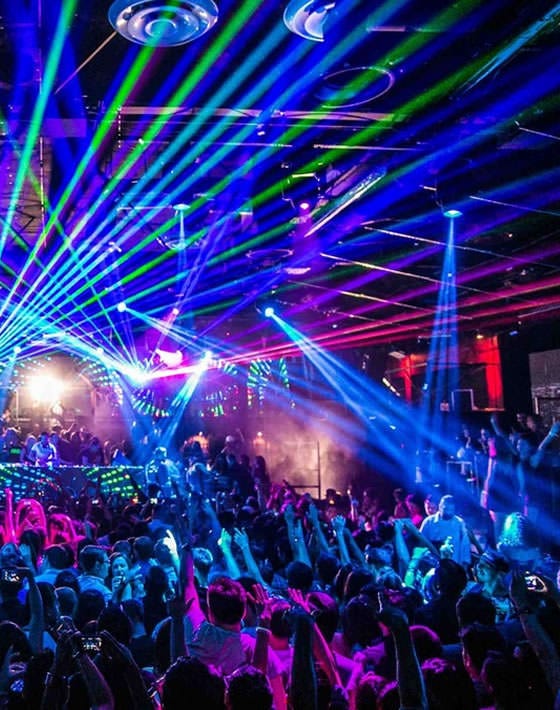
Clubs have long been an energetic element of downtown culture, helping as epicenters for audio, dance, cultural connection, and entertainment. These establishments are a whole lot more than places to drink and party; they signify a distinctive national trend where people from diverse backgrounds come together to see energy, beat, and connection in the after-dark hours. From the blinking neon lights to the thumping bass that vibrates through the floor, nightclubs build an immersive setting that captivates the senses and has an escape from the day-to-day grind.
At their core, nightclubs are made to be cultural locations, providing an environment wherever patrons may unwind and express themselves freely. The atmosphere inside a team is carefully curated through illumination, music, and decoration to evoke an expression of excitement and exclusivity. The DJ usually acts because the maestro, mixing trails easily to maintain the flow of energy and keep consitently the dance floor alive. The choice of music is important, as it units the tone for the evening and influences the crowd’s mood. Whether it’s pulsating electric party audio, easy home beats, or high-energy hip-hop, the soundtrack of a nightclub is integrated to its identity.
The cultural part of nightclubs cannot be overstated. These sites supply a distinctive place wherever strangers become friends, and friendships are deepened. The communal connection with dance and celebrating together creates bonds that transcend the ordinary. For all, a night at the team is to be able to meet new persons, celebrate milestones, or simply appreciate a night out from responsibilities. The inclusive nature of several 중앙동 백악관나이트 s also shows broader cultural trends, enjoying range in age, ethnicity, and sexual orientation, creating them areas of ethnic appearance and acceptance.
Along with being stores of activity, nightclubs have traditionally played a part in the growth of audio and dance trends. Several types, such as disco, house, techno, and hip-hop, found their roots and readers within nightclub surfaces before scattering in to mainstream culture. DJs and performers often use these settings as screening reasons for new looks, designs, and technologies. The creativity observed in clubs has affected not only audio but in addition fashion and social attitudes, making them crucial social incubators.
The economics of nightclubs are complex and challenging. Managing a successful club needs handling imaginative perspective with company acumen. Venue measurement, place, pricing, protection, and campaign all element in to a club’s success. Several clubs work on slim edges and experience opposition not just from other groups but additionally from substitute activity options. Nevertheless, the ones that flourish manage to create a loyal clientele and a wonderful environment that keeps patrons returning evening after night.
Protection and regulation have become significantly crucial in nightclub operations. With big crowds and alcohol consumption, ensuring a secure setting is crucial. Several groups now spend greatly in security workers, group management, and crisis standards to protect their guests. Moreover, the increase of health issues, such as for example during the COVID-19 pandemic, has pushed clubs to adapt by implementing new health criteria and often reimagining the membership knowledge altogether.
Ultimately, nightclubs are more than simply venues—they’re lively cultural ecosystems that reveal and form modern culture. They provide a space where audio, fashion, party, and social connection merge into a strong connection with freedom and community. Whether it is a regional favorite or perhaps a world-famous hotspot, the allure of the nightclub stays strong, drawing persons in to their rhythmic embrace and encouraging a night to remember.
